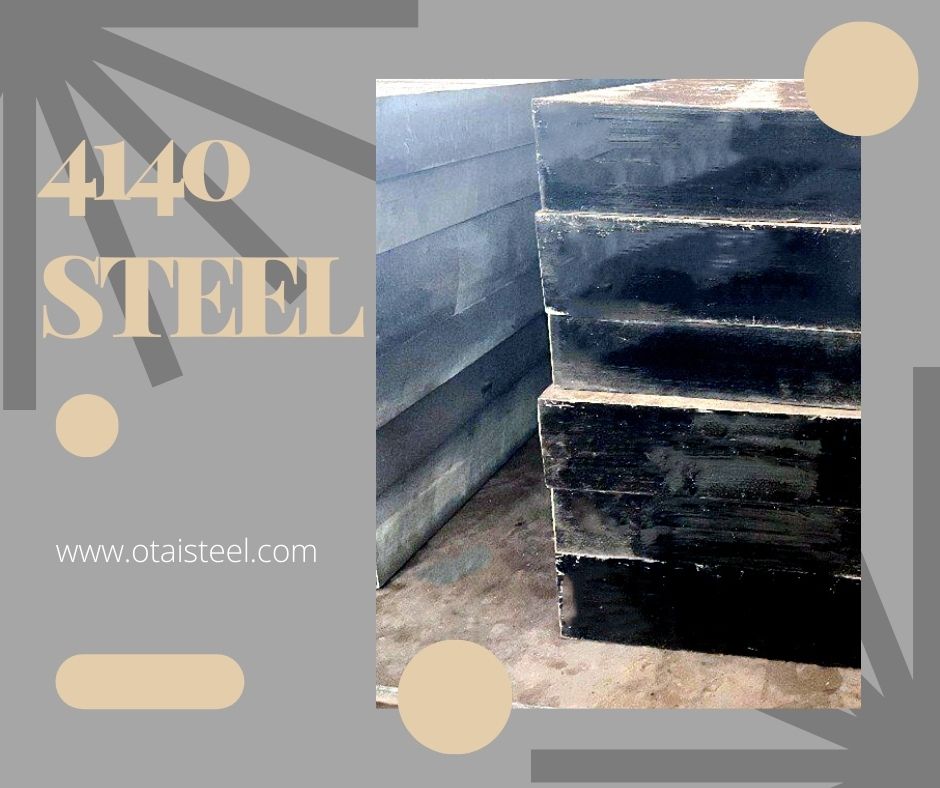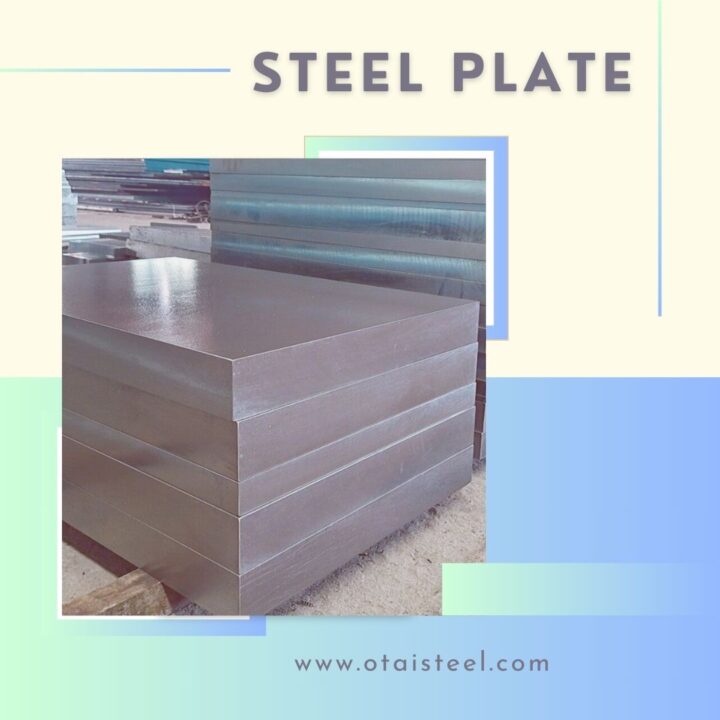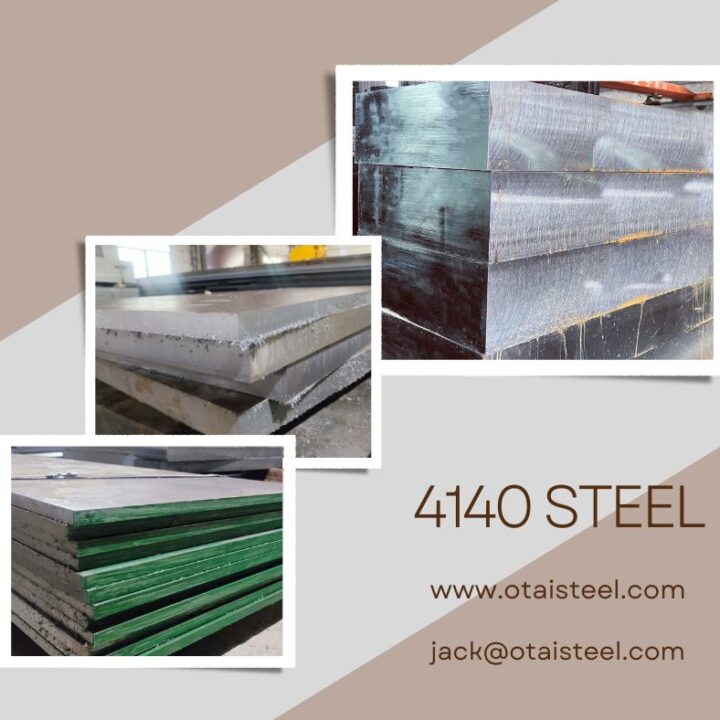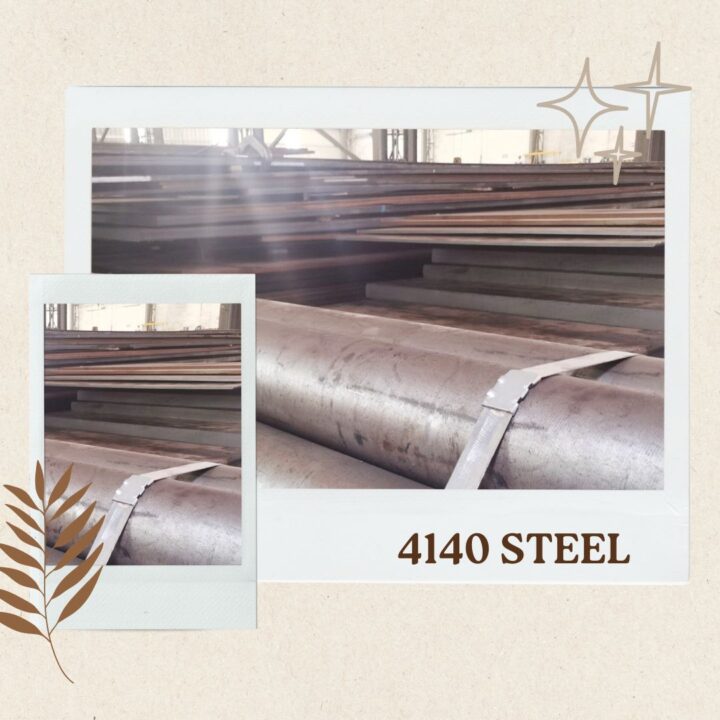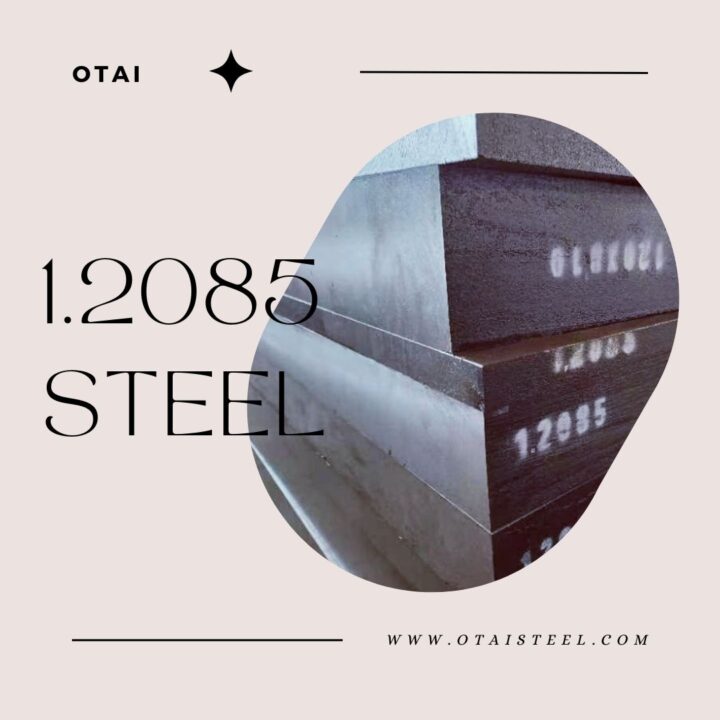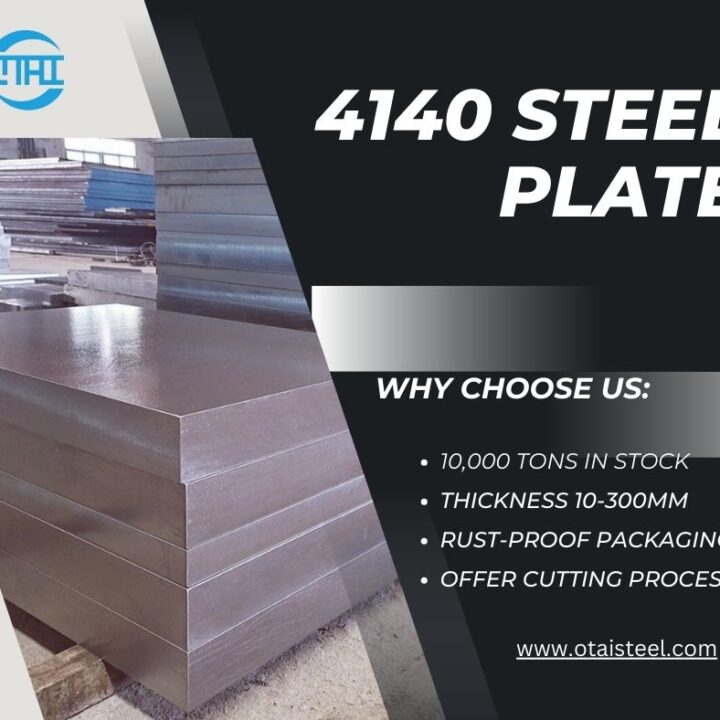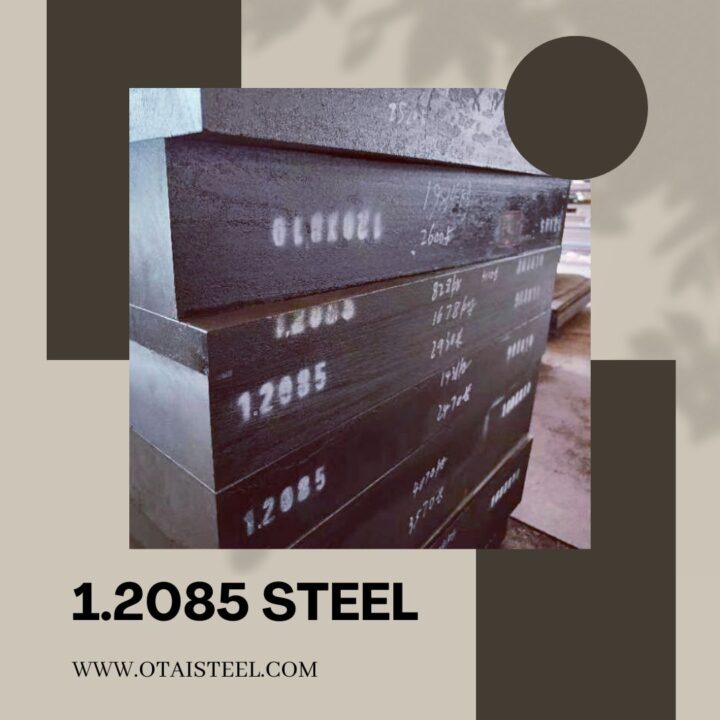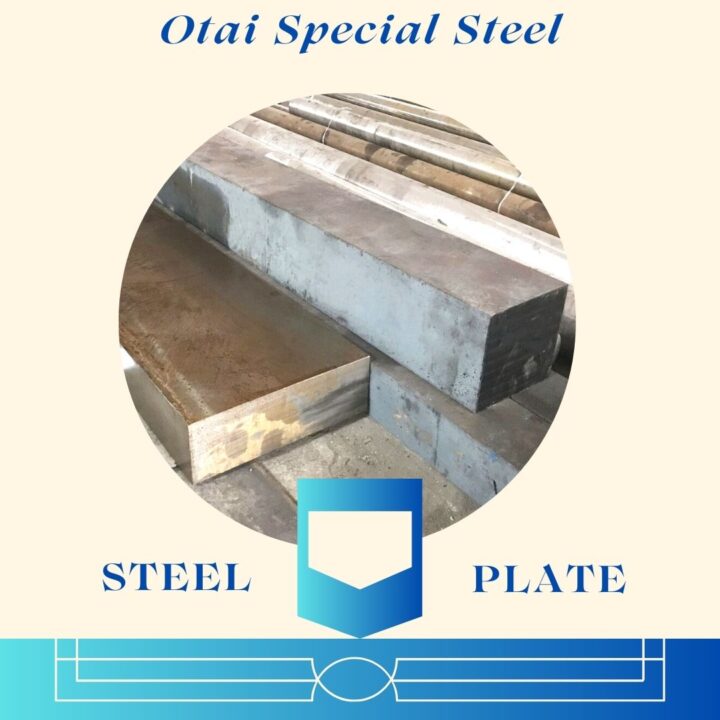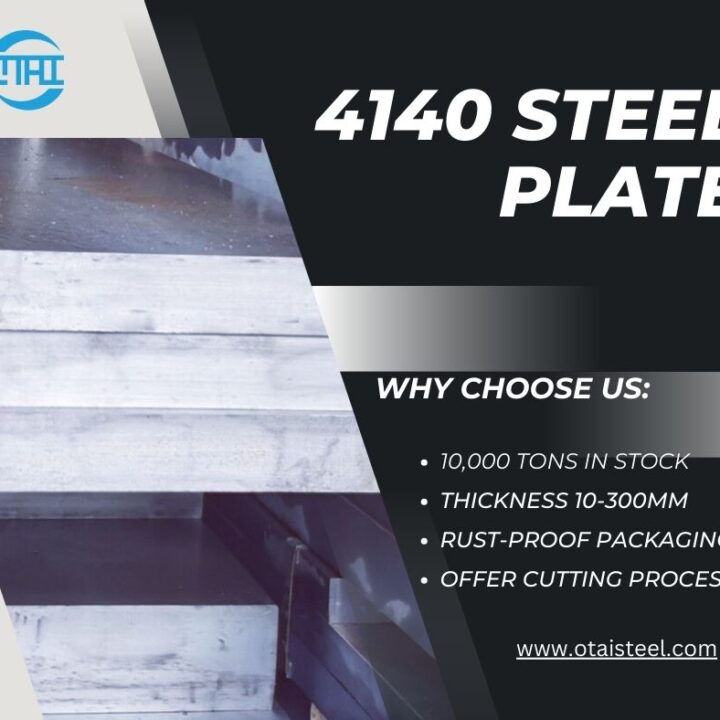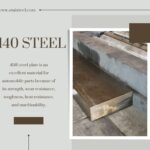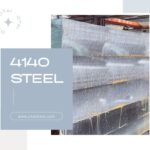Troubleshooting Common Issues When Machining 4140 alloy Steel
Machining 4140 steel is a popular process in the manufacturing industry because of its strength and durability. However, as with any process, some common problems can arise.
- Blade breakage or damage: One of the most common problems in processing 4140 steel is tool breakage or damage. This may occur due to high cutting speeds. This can cause the tool to overheat and break. To avoid this, it is important to use appropriate cutting parameters and ensure that the tool is sharp and in good condition.
- Poor surface finish: Another common problem is a poor surface finish, which can be due to improper tool selection, cutting parameters, or coolant use. To improve surface finish, try using a sharper tool, reducing cutting speed or feed. Or increase coolant flow.
- Tool wear: High cutting speed or feed, insufficient lubrication, or improper tool selection may lead to tool wear. To prevent tool wear, use a lower cutting speed to ensure proper lubrication. Also, choose the right tool for the operation.
- Workpiece deformation: workpiece warping can be caused by uneven heating or cooling during processing. To prevent this, use a consistent coolant flow and ensure that the workpiece is properly supported and clamped.
- Tool runout: Tool runout may occur due to damage or misalignment of the tool rest. To fix this problem, replace or realign the tool rest.
- Poor chip formation: Incorrect tool geometry or cutting parameters may lead to poor chip formation. To improve chip formation, select the correct tool geometry for operation and adjust cutting parameters accordingly.
Processing 4140 steel can be a challenging process, but by understanding and addressing common problems, you can achieve high-quality results. Remember to use the correct cutting parameters, choose the right tool for the job, and ensure that the workpiece is properly supported and clamped. (Machining 4140 alloy Steel)
